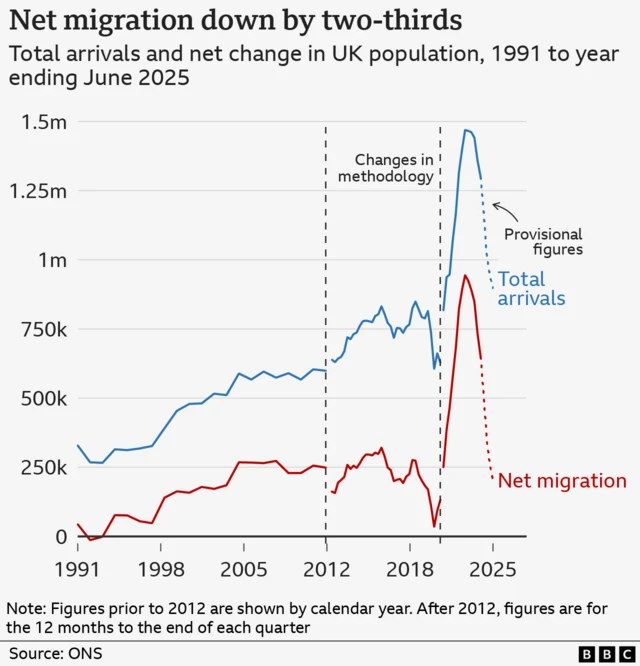'I understand why people are angry' about asylum hotels, says asylum seekerpublished at 10:53 GMT
 Adina Campbell
Adina Campbell
UK correspondent

As we've been reporting, the Home Office's latest figures show 36,273 asylum seekers were housed in hotels in September 2025.
This week I’ve been spending time speaking with asylum seekers living in a hotel in Leeds.
One man who didn’t want to reveal his identity for safety reasons says he arrived in the UK by boat four months ago.
The 29-year-old says he was wrongly jailed twice there for political reasons. He’s now been granted asylum in the UK and will soon be moving out of the hotel.
Like many asylum hotels in the UK, the one he was staying at has seen protests over its housing arrangements.
He says: “I understand why people are angry. There are a lot of people coming in. My situation was really bad but the UK was the only place that treated me like a human."
But he says he hopes he can stay here, because the UK is "the only country" accepting him "as a human".





